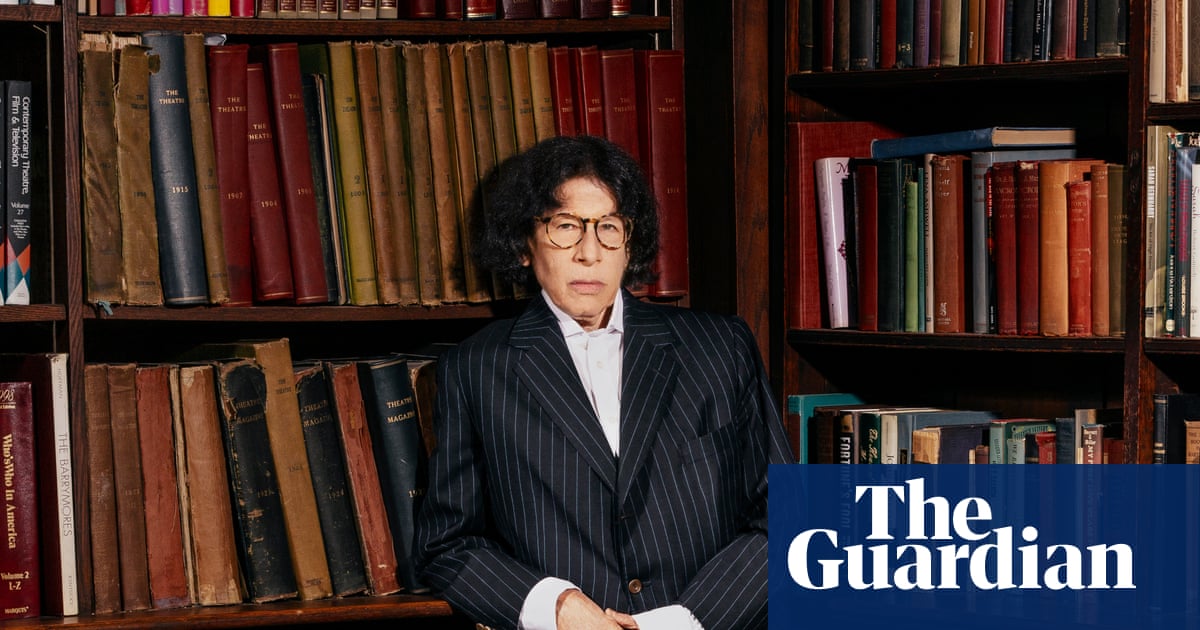Blog
-

Fortnite live event crash update: What’s wrong? How to solve black screen issue?
Updated on: Nov 30, 2025 12:56 am IST
Fortnite reportedly crashed during the live event and several users complained about it on social media.
Continue Reading
-

Italy’s Treasury defends its actions as bailed-out Monte dei Paschi faces judicial probe
MILAN, Nov 29 (Reuters) – Italy’s economy ministry on Saturday said it had acted properly in placing shares in bailed-out bank Monte dei Paschi di Siena (MPS) (BMPS.MI) with two key investors who are now at the centre of an investigation by Milan prosecutors.“The ministry always acted in compliance with rules and standard practices,” a Treasury official said.
Sign up here.
Italy’s MPS, its chief executive and its top two shareholders are facing an investigation in Milan in relation to the Tuscan bank’s takeover of Mediobanca (MDBI.MI), judicial sources told Reuters on Thursday.Prosecutors have been looking into whether the two investors and the bank acted in coordination while keeping supervisory authorities and investors in the dark.
MPS and the two shareholders, Italian tycoon Francesco Gaetano Caltagirone and holding company Delfin, have denied any wrongdoing and expressed confidence the investigation will exonerate them.
After bailing out MPS in 2017, Italy in November 2023 started re-privatising the bank by placing blocks of shares on the market to cut its 68% holding, in line with commitments taken with European Union authorities.The final placement took place in November 2024 and brought onboard as shareholders Caltagirone and Delfin, alongside mid-sized bank Banco BPM (BAMI.MI) and fund manager Anima (ANIM.MI).Caltagirone and Delfin told markets watchdog Consob they had been sounded out by the ministry ahead of that sale in relation to a plan by the Treasury to create a core of more stable domestic shareholders in MPS, a judicial document reviewed by Reuters showed on Saturday.
The first two share placements brought in as shareholders dozens of international investment funds.
The judicial document showed the ministry told Consob there had been no previous contacts with the investors that took part in the November 2024 placement.
That sale cut the Treasury’s stake in MPS below 12%. The Mediobanca deal reduced it further below 5%.
Reporting by Giuseppe Fonte and Emilio Parodi; Writing by Valentina Za; Editing by Andrew Heavens
Our Standards: The Thomson Reuters Trust Principles.
Continue Reading
-

Jessie J Breaks Down in Tears On Stage As She Marks 4 Years Since Miscarriage
“Today marks four years that I lost my baby,” the singer said, getting emotional before singing her new track, “Comes in Waves,” which is about her 2021 miscarriage.
Jessie J is reflecting on suffering a heartbreaking loss as she debuts new music…
Continue Reading
-

AirPods Pro 3 Black Friday deal: Earbuds fall to lowest price
If your earbuds have just given up the ghost, I’ve got some good news because I’ve just spotted Apple’s best wireless earbuds at their lowest ever price of $219 for Black Friday. The AirPods Pro 3 only launched in September, so the saving…
Continue Reading
-

How Recent Analyst Shifts Are Rewriting the Story for Tech Mahindra
Tech Mahindra’s stock price target has been revised upward, with the fair value estimate rising from ₹1,568.60 to ₹1,577.74. This increase follows analysts’ consideration of both improved business fundamentals and a dynamic, mixed outlook for the company. Read on to learn what is influencing these updates and how you can keep track of the evolving narrative surrounding Tech Mahindra’s valuation.
Analyst Price Targets don’t always capture the full story. Head over to our Company Report to find new ways to value Tech Mahindra.
Analyst commentary on Tech Mahindra continues to evolve as firms regularly review the company’s outlook, factoring in recent performance and broader market trends. While the dataset features limited direct street research specific to Tech Mahindra, notable themes from current analyst feedback can still inform the discussion on the company’s valuation and future prospects.
🐂 Bullish Takeaways
-
Recent upward revisions in fair value estimates reflect optimism around Tech Mahindra’s business fundamentals and potential for growth momentum.
-
Analysts have highlighted execution quality and proactive cost control as positive differentiators for the company in the current environment.
-
Forward-looking adjustments to price targets often cite transparent business updates and progress in strategic initiatives as supporting factors for a positive stance.
🐻 Bearish Takeaways
-
Even within a generally constructive environment, some analysts maintain reservations around valuation levels, with certain metrics suggesting the upside may be largely priced in at current levels.
-
Near-term uncertainties, such as evolving market demand or industry cyclicality, remain key watch points cited in more cautious or neutral research notes.
-
While no recent downward price target revisions were noted in the available data, analysts continue to flag the need for vigilance as the outlook changes.
Overall, the analyst narrative surrounding Tech Mahindra balances recognition of ongoing progress and healthy execution with an awareness of remaining risks. This keeps market observers attentive to both upside and potential headwinds in the company’s valuation story.
Do your thoughts align with the Bull or Bear Analysts? Perhaps you think there’s more to the story. Head to the Simply Wall St Community to discover more perspectives or begin writing your own Narrative!
NSEI:TECHM Community Fair Values as at Nov 2025 -
Tech Mahindra has joined forces with the German Research Center for Artificial Intelligence (DFKI) to co-develop next-generation smart factory solutions. This strategic alliance aims to advance responsible AI applications in manufacturing.
-
The company partnered with Crosscall to enhance enterprise mobility in North America. The partnership will focus on rugged device integration and AI/ML solutions targeted at key sectors such as oil and gas, manufacturing, and telecom.
-
A Global Chess League Experience Center was opened at Tech Mahindra’s U.S. headquarters in Plano, Dallas, establishing a new hub for innovation and major chess tournaments at the intersection of technology and sport.
-
Tech Mahindra introduced the TechM Orion Marketplace, an AI-driven platform designed to boost enterprise automation and operational efficiency through intelligent and autonomous agents.
Continue Reading
-
-

New tests show Jordan lead codices are not all modern fakes
For more than a decade, a set of tiny lead books from Jordan has sat in a strange place between wonder and doubt. Some people claimed they might come from the earliest days of Christianity. Many scholars called them outright fakes. Now, after…
Continue Reading
-

Best Black Friday Dell deals 2025: I found the top 15 Dell laptop sales live now
When is Black Friday?
Black Friday is Friday, Nov. 28, the day after Thanksgiving. While it’s typically associated with general retail sales, we’re seeing a lot more online deals, as well. Cyber Monday, the traditional online shopping sale day,…
Continue Reading
-

Fran Lebowitz: ‘Hiking is the most stupid thing I could ever imagine’ | Fran Lebowitz
I would like to ask your opinion on five things. First of all, leaf blowers.
A horrible, horrible invention. I didn’t even know about them until like 20 years ago when I rented a house in the country. I was shocked! I live in New York City, we…
Continue Reading
